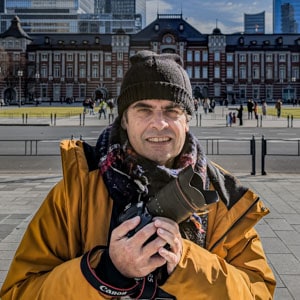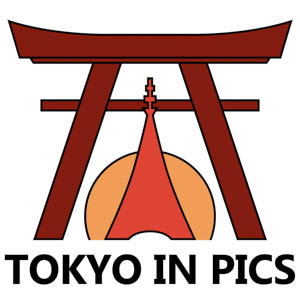A Photographic Journey Through Time and Technology
My photographic journey started with my first blog. It was titled, “Around Tokyo.” The articles were simple stuff in the beginning. I started with Shinjuku Gyoen, Chidorigafuchi National Cemetery, and Sensoji. Everywhere I went was easy to access. You could walk into them and take photos. Permission wasn’t needed. But my goal was always to go to more important places.
One of those “more important” places was the Japanese Sword Museum. I photographed it for the first time in 2012. Getting into it had a huge impact on me. I knew nothing about writing, blogging, and photography in those days. But I was keen and ready to try my hand. I wanted to show Tokyo to the world despite facing considerable challenges.
Well, visitors couldn’t photograph inside the building without permission. But I was a naive blogger with a business card and an email address. There was no hesitation. I mailed it asking for permission. To my surprise, I got it.
By the way, there have been two Japanese Sword Museums. The one I’m talking about here was located in Shibuya but near Shinjuku Station. It was there from 1968 until it closed in 2017 and moved to Ryogoku in 2018.
Getting into that invite was a big deal. Why? The Japanese Sword Museum mixes culture, history, and art. The weapons of the Samurai are iconic. They might be the ultimate status symbol of craftsmanship in this country. Everyone knows them.
So I put my Fujifilm FinePix 60FD in my pocket and went to the Japanese Sword Museum on the appointed day. I thought the camera performed brilliantly. The photos seemed so sharp, at the time. I was so proud. Little did I know! It was a popular article back in the day. I thought the files were lost when I closed Around Tokyo in 2017.
What was my camera? I used a Fujifilm FinePix F60FD, a point-and-shoot. It came with a 7th-generation 1/1.6-inch Super CCD HR image sensor with 12-megapixel resolution. That was coupled to a Fujinon-branded 3x optical zoom lens that went from a rather tight 35mm to 105mm. It seemed cool at the time. Anyway, where is this story taking us?
Well, I thought the original files were lost. But one day, I found them on an SD card in a draw. Once on the computer, I was shocked. They looked so bad. The composition was poor, but let’s skip that. What interested me the most was the amount of grain and resolution. The backgrounds in some of them look almost mushy. They weren’t much better than those taken on an old cellphone.
Why did I think they looked so good long ago? Well, I’m 58. I didn’t get into photography until I was 46ish. In my childhood, digital cameras didn’t exist. Everything was done on film. Most people used disposable cameras. Once you used all the film they had, you sent it to the developer and waited for the prints. Sometimes the results were great, other times they weren’t. It didn’t matter. We didn’t care. The quality wasn’t a concern.
People often post scans of them on Facebook today. No one worries about the quality of the shots. They post for the memories associated with the photos.
Well, the Fujifilm FinePix was an evolution in technology. It offered digital photography, but in 2012 it was still embryonic. The point-and-shoot cameras of that time only offered an incremental upgrade. But I thought it was fantastic, at that time.
Comparing photos from that camera and my Fujifilm X-T3 was a shock (unsurprisingly). They are chalk and cheese. Technology has advanced so much. Full-sized cameras offer so many advantages over point-and-shoots, except for size.
I would never use the FinePix today. Well, if I had no other camera I would. Yes, I’d be happy with something that could capture some memories. But I wouldn’t be impressed with its image quality and lack of features that my X-T3 has.
Anyway, I might have rambled somewhat in this article about my photographic journey. I just wanted to reminisce about cameras and show some old photos. Photographing the Japanese Sword Museum was a big deal for me at the time. And it is a great art museum. I hope you can visit the new one in Ryogoku if you haven’t already. Please leave questions and comments below.

Rohan Gillett
Rohan has lived in Tokyo for 30+ years. He loves photography and plans to capture the entire city.
More museums:
External related websites:
- Japanese Sword Museum (official website)




















